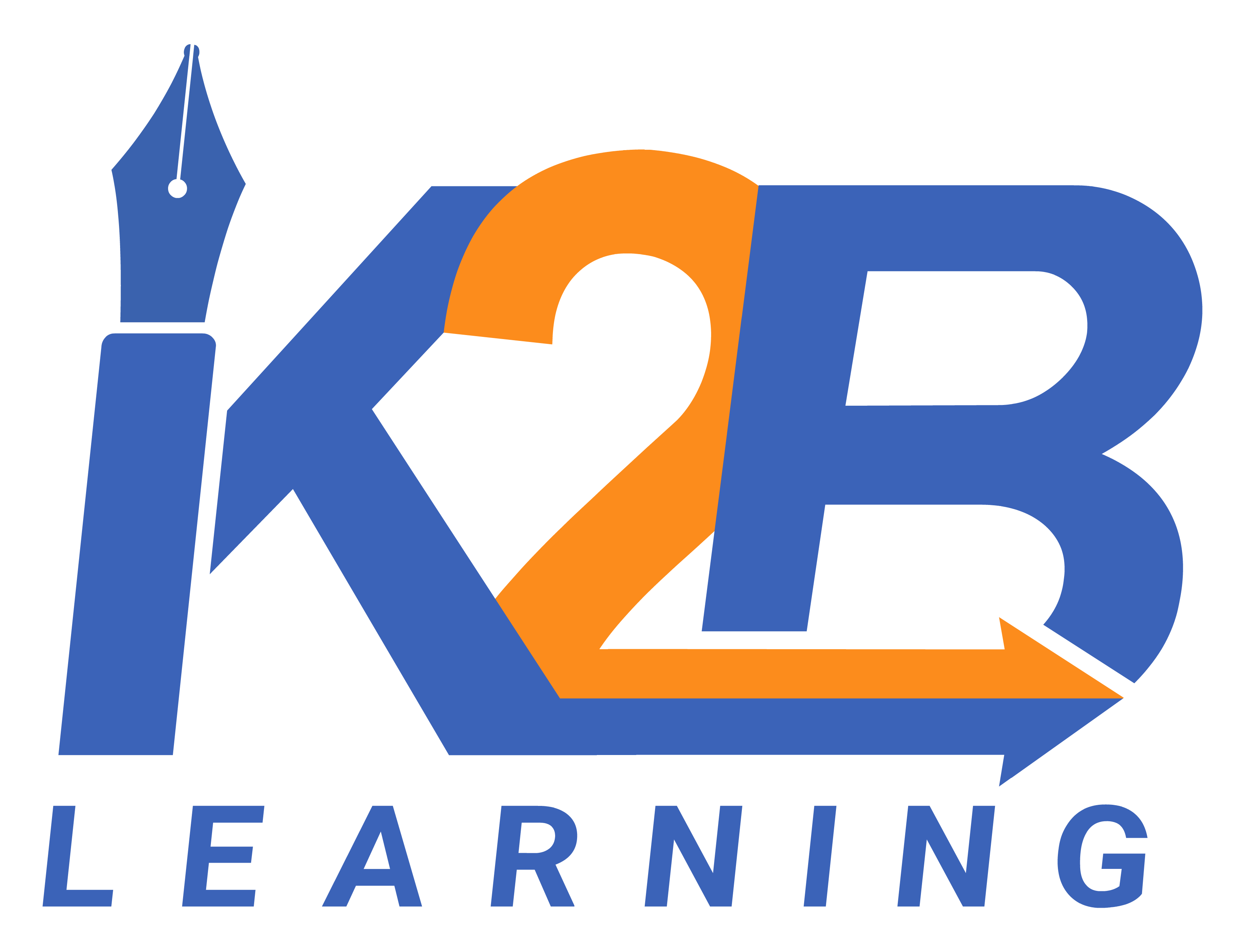Organisations are increasingly ditching the cookie-cutter approach for employee learning.
With organisations benefiting from and leveraging not only the intelligence, but also the creativity, willingness to innovate and preparedness to keep pace with industry landscape, they need to test out new ways of bringing out the best in their workforce.
Smart organisation understand that it’s no longer good enough to know the answers, but to apply them to practical use for honing skills, while gaining confidence in the knowledge. Personalised and immersive learning is becoming a way to bring in and also engage existing talent base, which means better performance on the job and lower turnover.
Personalised training aims at catering to each employee type’s personal needs, learning style, retention ability and interests. “Taking a personalised approach and adapting lessons based on an employee’s retention and performance can instead elevate learning ‘from a necessary evil that CEOs would love to minimise’ to ‘a strategic powerhouse,’” says Charles Smith, founder and chief research officer at Knowledge Factor, the Denver-based company that owns Amplifire.
With reference to 2016 Oracle survey, only 41 percent of new employees believe their company’s onboarding style and system empower them for success. As business landscape changes for each industry every year, companies need to identify opportunities for improvement and learning, as well as spot any threats – whether that be of stagnation or of not staying updated. It’s important to answer, “Does our firm’s approach to learning work in terms of ROI and employee engagement?”
In with the new
- What’s on the menu:When leaning becomes a curated menu of possibilities and not a series of boxes to check, companies would be able to get the best out of their workforce. Putting the “I” in training is the need of the hour. The way websites and platforms such as Flipkart and Netflix rely on machine learning to make recommendations, the learning and development function of companies need to think smart and collaborate with other functions to develop well-researched and dynamic learning models.
- Learning playlist anyone?Given their visual appeal, engagement and popularity, videos are one of the most preferred tools of imparting training to employees, whether it be an on-boarding for new orientation programs, showcasing not only the firm culture but also putting forth engaging test cases for discussion, a compliance video playing a key role in ensuring employees abide by certain rules and company policy, software or application training through bite-sized video lessons demonstrating the procedure to use the application basis the user’s role, or even soft skills training through scenarios involving gestures, expressions and behaviours for observation.
- Play a game: Gamification enables employees to play and learn at the same time, while earning points and rewards, while engaging in healthy competition. Firms are moving over tangible incentives to a large extent and are putting badges or points up for grabs, by structuring learning interventions as games with levels of progression. Designing gamified solutions to address the learner’s preferences tends to boost the engagement levels as well as the knowledge retention. Adaptive tools are now making way for responsive tools, enhancing user experience. Navigation, optimization as well as instant gratification in terms of results along the way as well as next steps as per the scores go a long way in establishing connect with the users.
- LEGO it out: Yes, LEGO Serious Play (LSP) methodology takes the game we remember from childhood to another level. You could think of it as a technique or, say, even language without content.In this mode of training, participants are asked to build the answer to a question asked by the facilitator literally using LEGO bricks. The idea is to use hands for hands-on training while the mind remains in an unplugged state. These modular bricks can be effectively used to assist in sharing ideas in any type of setting, from playrooms all the way to boardrooms, and answer questions such as “How should an ideal workplace be” and “Name one challenge that’s a roadblock for your team.”
- Step by step literally: Dramatics in corporate learning and development is emerging as a simple, interactive and high-impact approach to impart business and life skills. Leveraging improvisation techniques from theatre and applying them in a business setting enables organizations to identify underlying issues around team dynamics, change management, inclusion and collaboration. The actors present a scenario and seek opinions from the audience along the way to take the advice back into the scene. This ensures that the audience or the employees take a step back and understand how these situations may be a common recurrence in their day-to-day work and how they can be better approached.
- Reality pedagogy: Reality Pedagogy is an approach to teaching and learning begins with the premise that students are experts on content and know how to teach. There is a role reversal and both the parties engage in discussing the most effective approach to training and both suggest ways to improve it, as well as where the trainer acknowledges areas where they could do better with advice on content and build their expertise and training material with the help of the employees. This could lead to any of the above ideas or something completely out of the box.
Don’t assume. Ask.
Here are a few questions companies need to ask themselves to personalise training:
- Visual or audio – what is more effective? Hands-on learning or talking it out? Knowing the learning style and aptitude of employees makes training most valuable.
- Learning speed plays a huge role in absorption and comprehension of any learning module. Is your training speed too fast to absorb information or too slow and boring?
- Is a course or training aligned with the professional development goals of the employee in question?
- Immediate feedback or feedback at the end of every training? Do our employees get motivated by instant gratification or would prefer to challenge themselves to all levels before they know how they did?
- Can we come up with a list of recommendations, as a menu for employees to choose from? For all we know, they may want to know what their colleagues are learning.
A focus on results is one of the main drivers fueling personalised learning’s explosive growth, says Bill Pelster, a principal at Deloitte Consulting who previously served as Deloitte’s chief learning officer. “In all the conversations I’m having with companies, the bottom line is, ‘We’ve got to get it down to 15 minutes before people get pulled into doing their jobs again.’ And if you want to rise above the noise, you have to personalise it. There’s nothing more frustrating than sitting through a two-hour learning that wasn’t relevant,”


